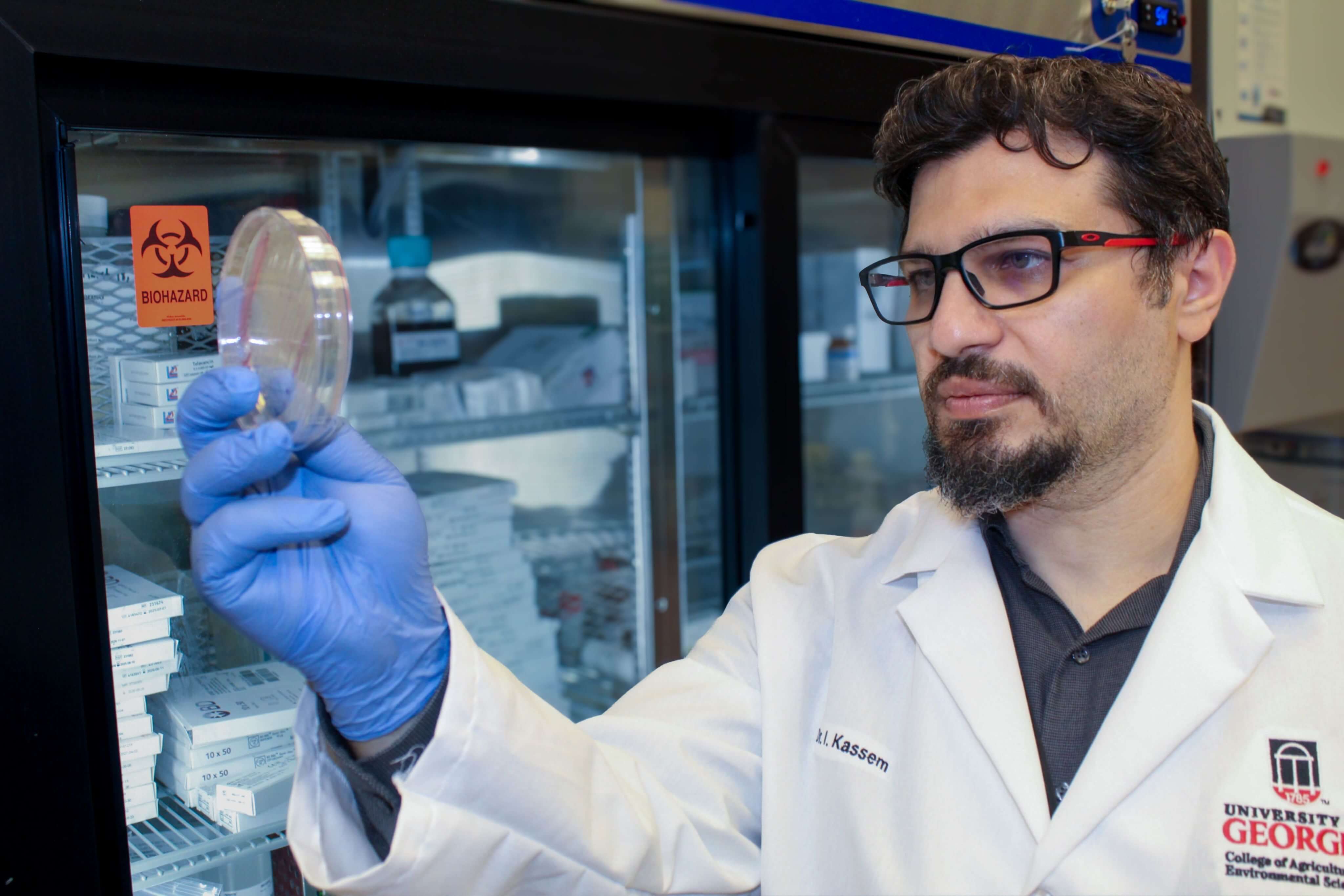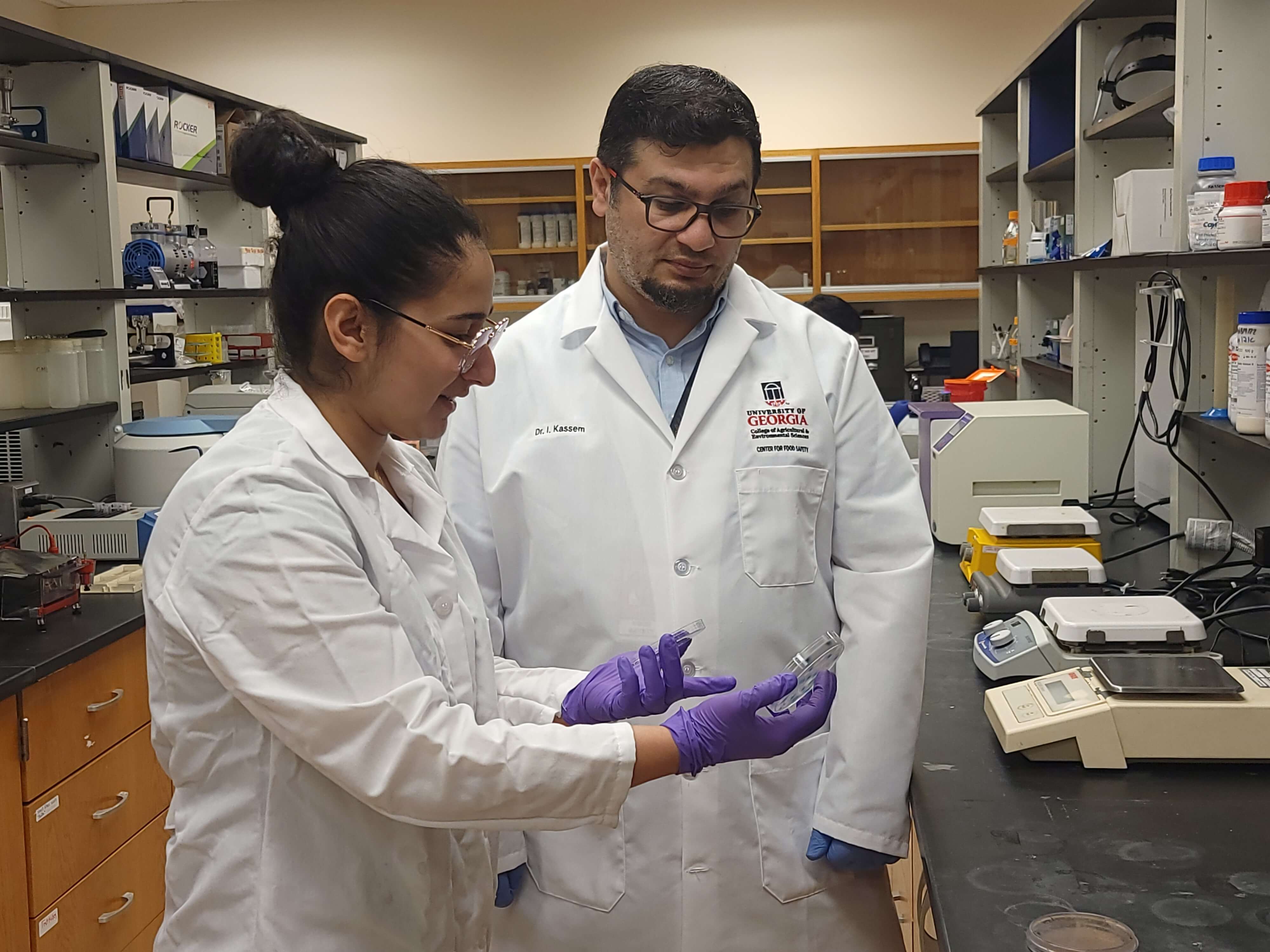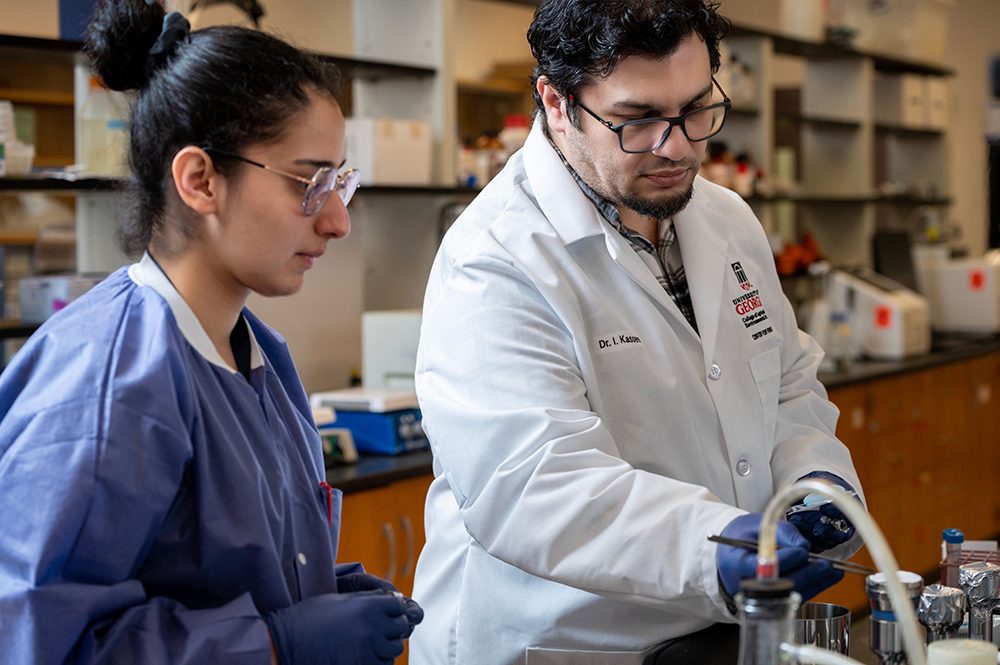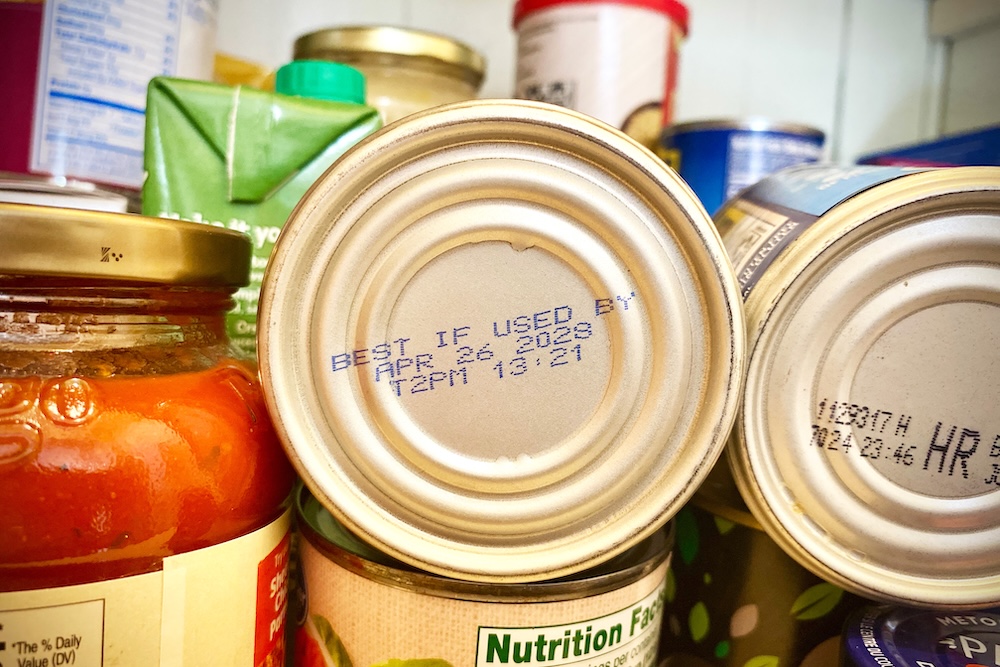.jpg)
As home canning season approaches, a University of Georgia food safety expert stressed the need for proper precautions to avoid foodborne illness.
A recent death in Washington state was attributed to botulism, a toxin that is a byproduct of the heat-resistant spores of a bacterium called Clostridium botulinum that likely originated from a home-canned food.
If low-acid foods are not processed properly, the spores survive and convert into growing cells. As the cells grow and multiply, they produce a neurotoxin that can lead to serious illness and even death.
While the number of cases of foodborne botulism is not high relative to other pathogens like Salmonella enterica, the case fatality rate is significantly higher.
“Without the anti-toxin and respiratory support, death is likely,” said Carla Schwan, UGA Cooperative Extension food safety specialist and director of the National Center for Home Food Preservation.
Health departments reported 242 cases of botulism to the Centers for Disease Control and Prevention in 2018, the most recent numbers available.
Foodborne botulism can be prevented with proper canning techniques and equipment that prevent contamination, Schwan said.
She recommends following these three steps when canning food at home:
Follow research-based recommendations and validated recipes
Schwan recommends following information from the National Center for Home Food Preservation as well as the United States Department of Agriculture Guide to Home Canning for best practices.
“These sources provide current research-based recommendations for most methods of home food preservation,” Schwan said. “Rigorous research processes are in place to ensure that all published recipes are validated to ensure consumer safety. It’s important to highlight that all procedures are intended to be followed as tested and recommended with regard to recipes, food preparation directions, jar sizes, jar filling methods and management of the canner as described in the resources provided.”
Determine the proper canning method
The acidity of foods will determine what canning method you can use. Low-acid foods such as seafood, poultry, milk, red meats and fresh vegetables except for most tomatoes do not have enough acid to prevent the growth of the bacteria.
The Clostridium botulinum spores that germinate into growing cells which then produce the toxin will survive for hours even in boiling water.
“All low-acid foods should be processed under a pressure canner operated at 10-15 PSI (pounds per square inch) that allows the temperature to reach 240 to 250 degrees Fahrenheit,” Schwan said. “The processing time may vary from 20 to 100 minutes depending on factors such as altitude, size of jars, type of pack, density of food and more.”
High-acid foods such as fruits, pickles, marmalades, jams and jellies, can be processed using a boiling-water canner. The processing time for high-acid foods may vary from five to 85 minutes.
“When you decide to start canning, make sure you use the correct equipment and methods,” Schwan said.
The presence of botulinum toxin cannot be detected by sight or odor.
“Smell and looks are no indication that the food is safe if under-processed and low acid,” Schwan said. “However, if you see signs of spoilage, it could indicate the food was under-processed and potentially contaminated with botulinum toxin.”
Signs of spoilage include bulging lids, leaking seals, spurting liquid and cotton-like mold growth (white, blue, black or green) on the top food surface and underside of the lid.
Never taste food to determine whether it is safe to eat
“When in doubt, throw it out,” Schwan said.
Schwan noted that the observance of World Food Safety Day on June 7 represents an opportunity to highlight the necessity of safe handling of food. This year’s theme is “Safer Food, Better Health.”
“Consumers have the power to drive change and decrease the number of foodborne illnesses by handling food safely and implementing food safety practices in their daily lives,” she said.






